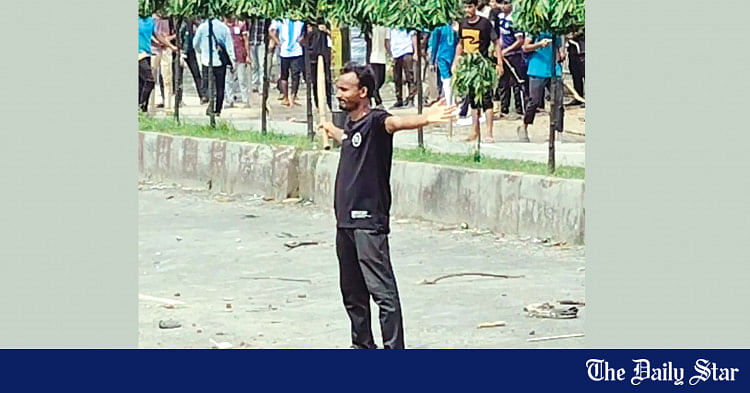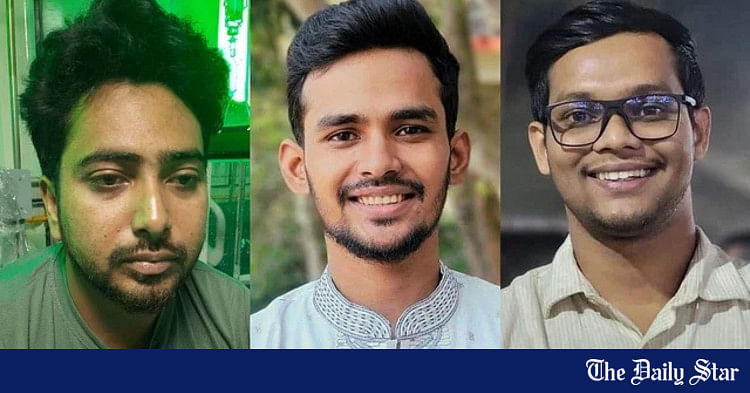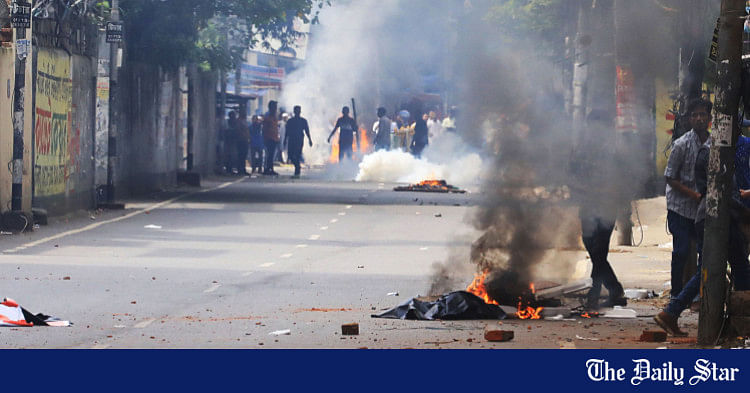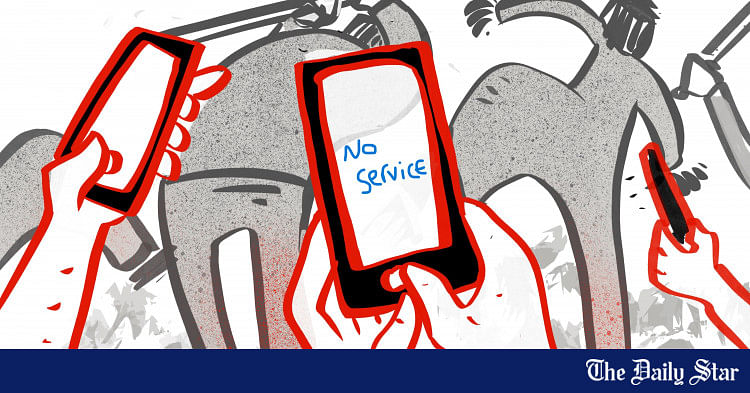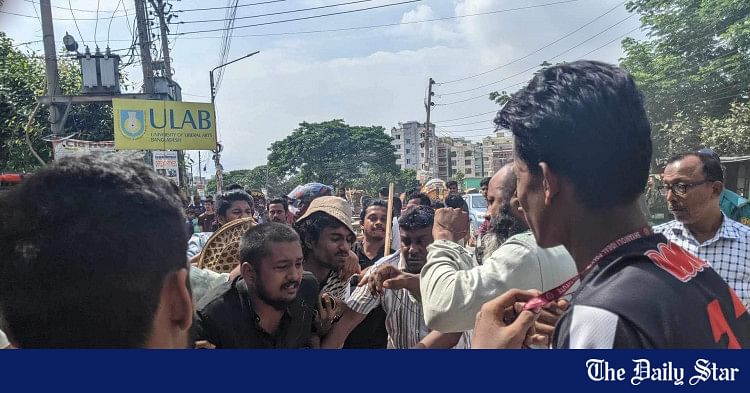Saif
Senior Operative
- 13,277
- 7,271
- Origin

- Axis Group

Warm Welcome to LeonBlack08 bhai and Vikings bhaiMissed your posts - now we have @LeonBlack08 bhai as Mod too. So hopefully he can keep an eye on things when he visits. And we have @Vikings bhai too. Welcome to all old friends.




